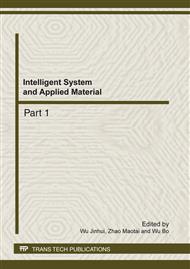p.376
p.381
p.386
p.391
p.396
p.400
p.405
p.411
p.416
Numerical Simulation and Response Surface Optimization of Oil-Gas Separator
Abstract:
CFD (computational fluid dynamics) is a good method for simulation of the oil-gas separator. When the volume concentration is less than 10%, the oil particle tracks can be simulated by DPM (Discrete Phase Model). The results show that the separation efficiency is obviously affected by the diameter of separator air-outlet, the diameter of separator oil-outlet, and the angle of separator cone. But the quantified analysis on separation efficiency is difficultly brought forward by CFD. RSM (response surface methods) can help to identify factors influencing the responses by experiments. Finally, the optimum responses and design parameters will be obtained altogether.
Info:
Periodical:
Pages:
396-399
Citation:
Online since:
February 2012
Authors:
Price:
Сopyright:
© 2012 Trans Tech Publications Ltd. All Rights Reserved
Share:
Citation:


